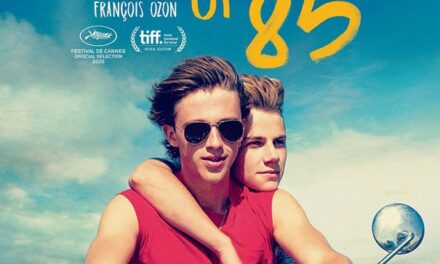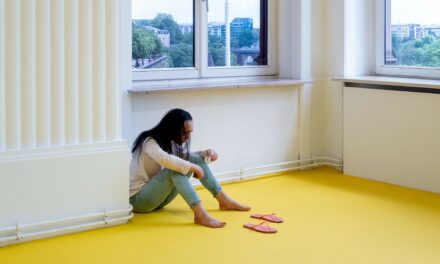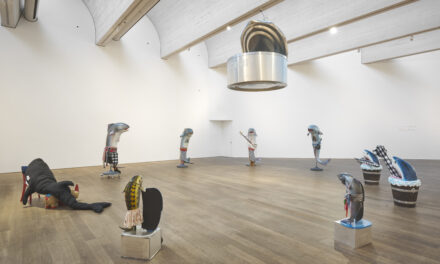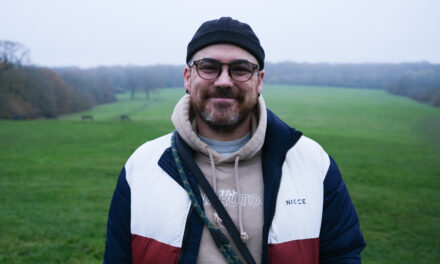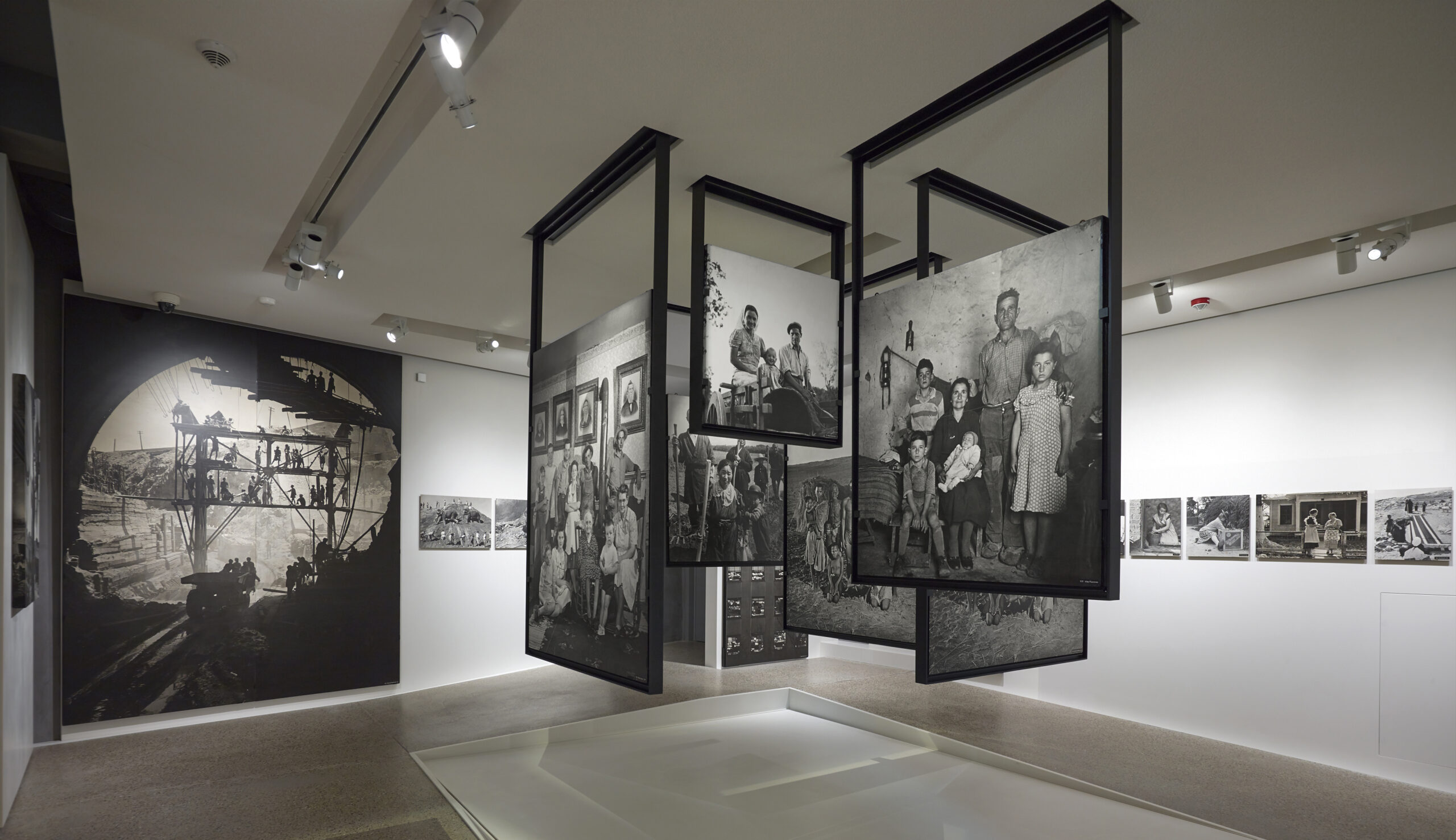
« The Family of Man », Clervaux Castle © CNA/Romain Girtgen, 2013
The Family of Man is an exhibition so iconic that it continues to resonate within the realm of photographic history, celebrated, scrutinized, and perhaps on the brink of significant reevaluation in 2025. Curated by Luxembourg-born Edward Steichen for the Museum of Modern Art (MoMA) in New York in 1955, this exhibition is enshrined as a cultural monument (part of the UNESCO World Documentary Heritage) at Clervaux Castle in Luxembourg. As we mark its 70th anniversary, it is an opportune moment to reflect: does The Family of Man still genuinely represent our world’s diversity, challenges, and identities today? Or has it become an outdated artifact, incapable of adapting to our evolving understandings of gender, sexuality, and LGBTQ+ representation?
A Dream of Universal Humanity
Steichen, a photographer and curator, aimed to construct a visual narrative celebrating global unity. He gathered 503 photographs from 273 contributors across 68 countries, crafting an expansive statement about shared human experiences—birth, love, labor, play, and death. Laid out in a cinematic and immersive format, the exhibition served as a peace manifesto during the Cold War, highlighting universal feelings that were thought to transcend race, nationality, and class. It traveled extensively, engaging an audience of over 10 million before being permanently housed in Clervaux.
While Steichen’s ambition was commendable, even in 1955, the flaws in its portrayal were apparent. The show’s idealistic vision conveniently overlooked the systemic inequalities and power dynamics that dictate who is recognized, who remains unseen, and which narratives are valued. The Family of Man presents a homogenized, patriarchal, and heteronormative perspective of human experience—one that, despite its visual allure, feels increasingly disconnected from the critical dialogues we need to pursue in 2025.
The Myth of the Universal Family
From Roland Barthes to modern scholars, critics have examined The Family of Man as a piece of sentimental humanism that diminishes differences rather than honoring them. Barthes famously dismissed it as a “myth of humanity,” asserting that it obscured societal and political realities beneath a façade of unity. The exhibition’s idealized notion of “family” elevates a rigid, nuclear model, neglecting the intricacies of evolving social frameworks. For LGBTQ+ individuals whose relational identities and chosen families have historically faced marginalization or erasure, this omission speaks volumes.
Instead of providing a nuanced depiction of human experiences, the exhibition perpetuates strict gender roles and conventional expectations. The portrayals often categorize men as workers, women as caretakers, and children as extensions of an idyllic, heteronormative family unit. It fails to recognize the diverse ways love, family, and community manifest beyond traditional frameworks. This exclusion reveals a significant oversight and mirrors the societal norms prevalent at the time of its inception.
Additionally, The Family of Man divided the artistic community, with many critics arguing that Steichen’s selection of photographs lacked true artistic merit. By prioritizing images that fit his ideological message rather than those with unique artistic expression, Steichen reduced photography to an illustrative tool rather than an autonomous art form. This decision devalued the medium in the eyes of some artists and curators, further fueling debate about the exhibition’s legacy.
Queer Absence and Erased Struggles
For an exhibition that claims to capture the essence of humanity, The Family of Man is strikingly silent on themes of sexual diversity and gender fluidity. It does not account for the lives of queer individuals, the resilience of LGBTQ+ communities, or the diverse ways in which people experience intimacy and belonging outside the constraints of traditional family roles.
Given the historical moment of its creation, this exclusion is not surprising. The 1950s were marked by rigid social conservatism in North America and Europe, with LGBTQ+ individuals often forced into invisibility. The Lavender Scare in the United States saw government-led persecution of queer people, further entrenching the idea that non-heteronormative identities did not belong in the public eye. By reinforcing a narrow vision of humanity, The Family of Man unintentionally aligned itself with this culture of erasure.
Rewriting the Narrative: Alternative Visions of Humanity
Over the years, artists and curators have endeavored to challenge Steichen’s vision, expanding the narrative to encompass a broader understanding of humanity. These alternative exhibitions have emerged as vital responses, amplifying voices that the original show neglected and refining photographic storytelling to represent a more inclusive reality.
The 90s: A Family of Man? (1997) at the Casino Luxembourg – Forum d’art contemporain directly confronted Steichen’s curation, asking whether such a singular and idealized portrayal of humanity could remain relevant. This exhibition examined the political implications of The Family of Man, highlighting how it ignored the fractures in the so-called universal family. The show included artists such as Christian Boltanski, Nan Goldin, Inez van Lamsweerde, Orlan, and Wolfgang Tillmans.
The Family of the Invisibles (2015-2016) took this critique further. It explored the absence of marginalized communities in Steichen’s vision, particularly LGBTQ+ people, immigrants, and communities marked by colonization. This project reimagined the photographic essay as a space for resistance, where hidden histories could finally be acknowledged. It showcased artists such as Walker Evans, Diane Arbus, Jeff Koons, Cindy Sherman, and Sophie Calle.
Another powerful response was The Family of No Man: Re-visioning the world through non-male eyes (2018), which dismantled The Family of Man’s patriarchal perspective. This exhibition, presented at Les Rencontres d’Arles photography festival, featured work exclusively by non-male photographers, challenging the gendered power structures that shaped the original show. Altogether, 494 female and inter-gender artists from around the world were represented.
Beyond these landmark exhibitions, other artistic interventions have continued this critical dialogue. Zanele Muholi’s visual activism through photography disrupts conventional ideas of identity and family by centering Black queer experiences. At the same time, Sunil Gupta’s photographic work reflects the complexities of queer South Asian identities, offering an essential counterpoint to the Western-centric perspectives of Steichen’s exhibition. More recently, Jess T. Dugan’s portraits of queer intimacy and aging provide a necessary redefinition of what belonging and kinship look like outside the heteronormative frame.
These and many other projects demonstrate that there is no singular method to portray humanity. At its best, photography goes beyond documentation; it provokes discussions, inspires thought, and reshapes the narrative through which human experiences are conveyed.
The Family of What Future?
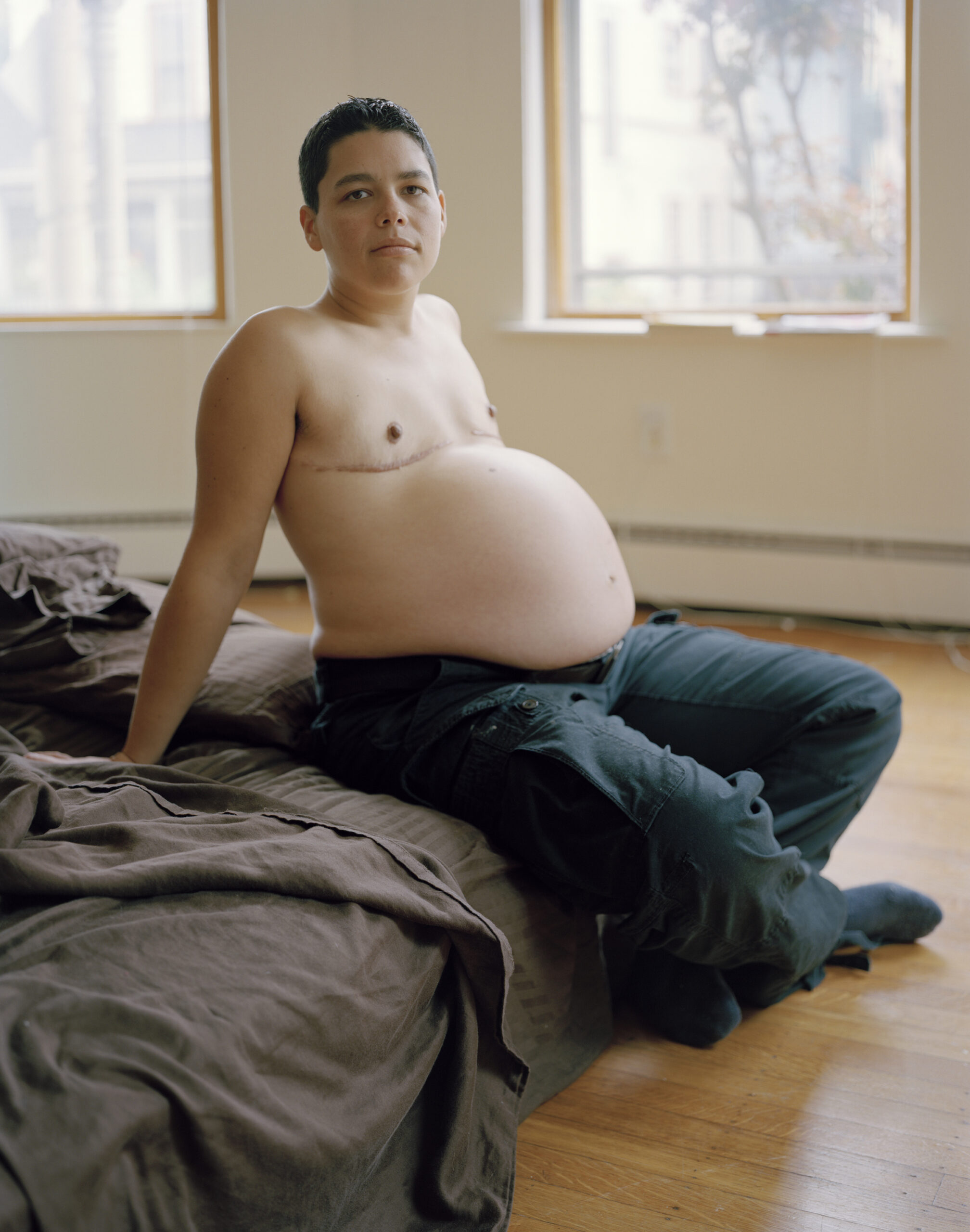
As The Family of Man commemorates its 70th anniversary, Luxembourg has a unique chance to engage in a critical dialogue about its current significance. Should we preserve it as a historical relic, or should we actively reinterpret and question it? What would The Family of Man look like if reimagined in 2025? Would it finally embrace queer love, non-binary identities, and families that exist beyond conventional frameworks?
This is more than a historical reflection; it encompasses representation, power dynamics, and the politics of perception. The world has transformed, and the narratives surrounding humanity must evolve with it. If The Family of Man is genuinely meant to belong to everyone, we should be able to see ourselves represented within it.
Taan, © Jess T. Dugan, 2012

